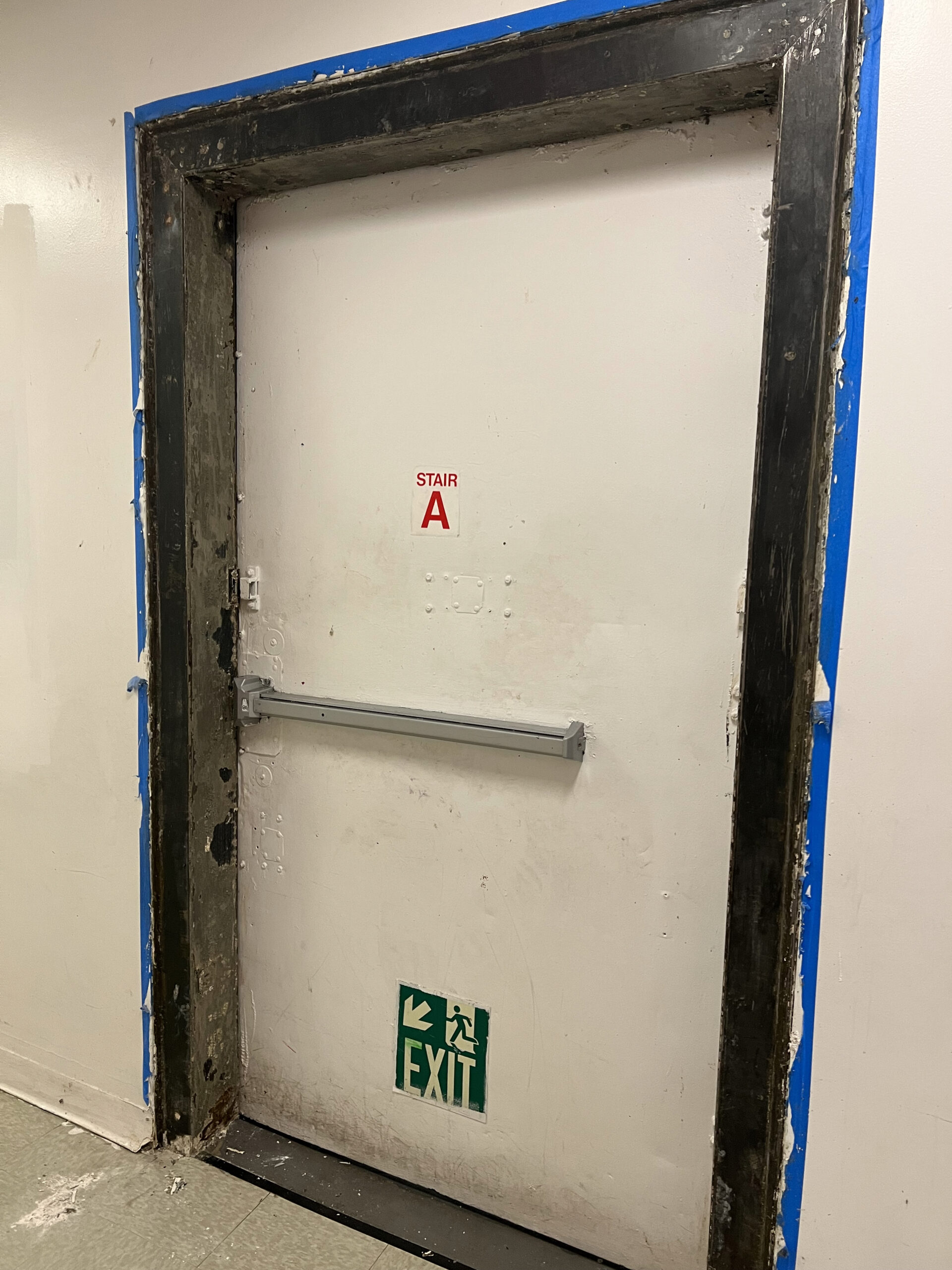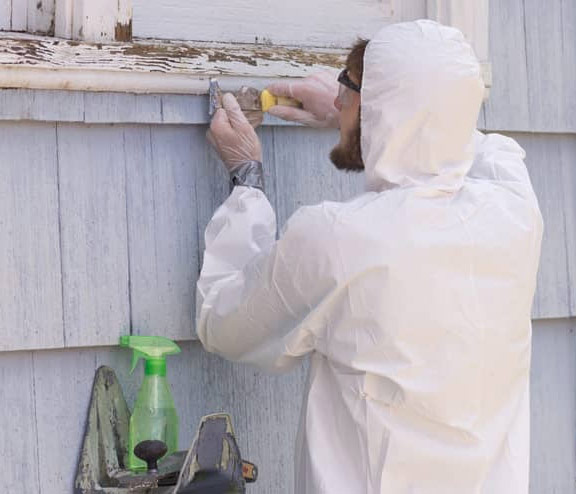Relied On Lead Paint Removal Company-- NYC's Premier Lead Abatement Service
Relied On Lead Paint Removal Company-- NYC's Premier Lead Abatement Service
Blog Article
Essential Devices and Approaches for Reliable Lead Offense Cleaning
Resolving lead offenses successfully requires a detailed method that blends the right tools with critical techniques. The primary step involves equipping employees with Individual Protective Equipment (PPE) to safeguard their wellness. Simultaneously, using specialized cleanup devices, such as HEPA vacuum cleaners and lead-specific cleaner, is imperative for extensive pollutant removal. Effective control approaches, including plastic sheeting and adverse air stress systems, are necessary to avoid the spread of hazardous products. Additionally, safe disposal techniques and stringent adherence to regulatory standards ensure liable handling of harmful waste. Yet what are the nuanced techniques that truly make a distinction?
Personal Safety Tools
Personal protective equipment (PPE) is a crucial component in the reliable management of lead contamination cleaning. The essential PPE for lead cleanup consists of respirators, safety garments, handwear covers, and eye security.
Respirators, especially those furnished with HEPA filters, are important for filtering airborne lead particles, protecting against breathing. Correct fit and seal checks are vital to ensure their performance. Safety clothes, consisting of coveralls and non reusable fits, protects against lead dirt from adhering to workers' garments, lowering the threat of additional contamination. Handwear covers, commonly made from nitrile or latex, protect the skin from direct call with lead, while security goggles or full-face shields protect the eyes from dirt and debris.
In addition, extensive training on the proper usage and upkeep of PPE is vital. Workers need to be educated on putting on and doffing procedures to prevent contamination. Regular evaluations and replacements of PPE elements are necessary to preserve their safety abilities, making certain a safe and certified cleanup operation.
Specialized Cleaning Tools

An additional vital device is the wet/dry vacuum, which can efficiently cleanse up both dirt and liquid pollutants. These vacuum cleaners frequently include HEPA filters to give an additional layer of security. Damp cleans or tack cloths are likewise vital for surface area cleaning; they are particularly created to record and hold lead particles, decreasing the danger of spreading out contamination.
For even more persistent deposits, specialized lead-removal cleaner are needed. These agents are developed to damage down lead fragments, making them easier to remove. Scrub brushes with durable bristles can help in this process, especially on rough surfaces where lead dust has a tendency to adhere much more strongly.
In addition, encapsulants are used to secure lead-contaminated surfaces, preventing the release of lead dirt. These specialized paints and coatings are made to stick to numerous substratums, giving a lasting remedy for lead control.
Reliable Control Approaches
Reliable control techniques are important in alleviating the spread of lead contamination during clean-up activities. Implementing robust control approaches makes certain that lead bits do not migrate to unaffected areas, therefore safeguarding both employees and the atmosphere. One main method is using plastic bed linen to seal polluted zones. Sturdy polyethylene obstacles can be installed from flooring to ceiling to develop a controlled work location, substantially minimizing the risk of air-borne lead dirt dispersal.

To improve control, encapsulants can be put on surfaces that are not being gotten rid of or disturbed. These specialized coatings bind lead dirt, reducing its schedule for resuspension. Additionally, all employees should put on proper Personal Protective Tools (PPE), including respirators and non reusable fits, to stop contamination spread.
Safe Disposal Practices
Making sure safe disposal methods is a critical element in the management of lead contamination cleanup. Appropriate disposal alleviates the risk of lead coming back the environment and endangering public health. The initial step is to determine and set apart go to my blog lead-contaminated waste from other materials. Safe and secure containment utilizing sturdy, leak-proof containers is important to avoid splilling throughout transport.
Carrying lead waste calls for adherence to rigorous standards. Using accredited contaminated materials providers makes sure that the products are taken care of responsibly. Documentation, including manifests outlining the kind and quantity of waste, ought to go along with shipments to track the waste from the site of origin to its final disposal destination.
Designated dangerous waste disposal facilities are geared up to deal with lead-contaminated materials safely. These facilities frequently employ advanced methods such as stabilization, solidification, or chemical therapy to counteract the lead prior to disposal. Landfilling in specialized, lined locations that stop leachate from polluting groundwater is a typical practice for final disposal.
Regular training for employees entailed in lead waste disposal is important to maintain safety criteria and stop unexpected exposure. By sticking to these techniques, organizations can considerably reduce the ecological and health and wellness effects connected with lead contamination.
Regulatory Conformity Tips

Complying with regulatory conformity is vital in the successful implementation of lead contamination cleanup. Recognizing and complying with federal, state, and regional policies makes certain not only the safety and security and health and wellness of people however also the legal and economic wellness of the cleaning organization. The Environmental Defense Agency (EPA) establishes strict criteria, such as the Lead Remodelling, Fixing, and Painting (RRP) Policy, which mandates proper accreditation and training for contractors managing lead-based activities.
Compliance begins with an extensive evaluation of suitable legislations and policies. Organizations must stay upgraded on any kind of legislative changes, which can be assisted in via normal training sessions and subscribing to industry updates. Documentation is one more important conformity facet; maintaining comprehensive records of all activities, including assessment records, worker training logs, and disposal shows up, is crucial.
Moreover, engaging with certified lead inspectors or risk assessors ensures that lead hazards are correctly identified and mitigated. Companies have to apply using Individual Safety Equipment (PPE) and make certain that safety and security methods are purely complied with. Finally, transparent communication with stakeholders, consisting of staff members, customers, and regulative bodies, will foster a society of conformity and responsibility, ultimately contributing to a more secure and extra effective lead clean-up process.
Conclusion
Efficient lead infraction cleaning look at here now necessitates the combination of specialized devices and strategic methods to make certain safety and effectiveness. Individual protective equipment (PPE) safeguards employees from direct exposure, while secure disposal practices and stringent adherence to governing conformity are important for properly taking care of dangerous waste.
Report this page